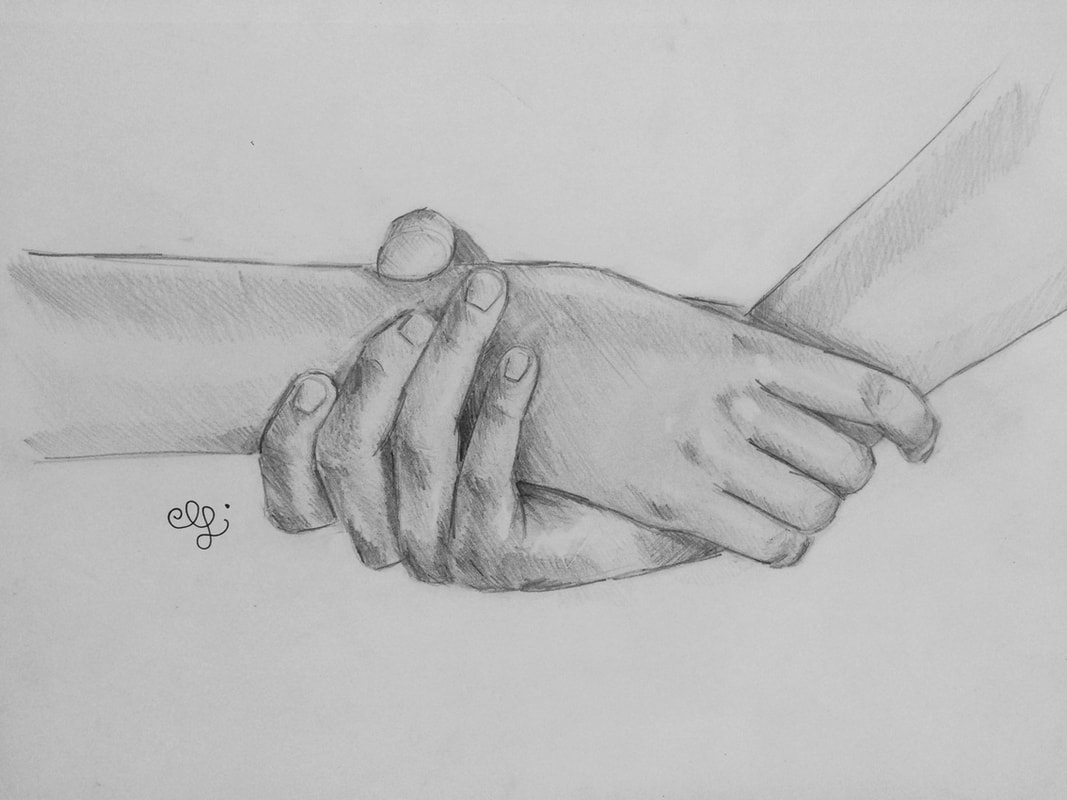
And it's affordable so it's quite economical to practice on.

As such, the paper is mostly suited for practice purposes, such as for mixing colours or casual painting. The major downside of the paper is the obvious parallel line grain. The 300gsm paper handles water quite well. The paper works very well with pen and ink. The scanner was even able to pick up the paper grain texture. And those lines means that the paper is not good for dry media such as pencils or pastels.įrom reviews that I've read, it seems that the 160gsm paper does not have this grain pattern, but that is thinner and buckles more with water.įor this sketch, I used pencils for the lines and water-soluble pastels for the background. Those lines do not look good and when you use them with watercolour, it can be distracting. On the 300gsm with coldpress and medium grain surface, they have this discernible parallel lines that run across the whole page. Main difference between the two besides the thickness and weight is the paper texture. You can choose from 160gsm (60 sheets) and 300gsm (30 sheets). Paper is acid free, treated to resist mould, except for the cardboard cover behind.

They are all spiral bound with perforated pages. The size ranges from A5 to the humongous 18 by 24 inches. The reason why I bought the Mix Media one is because it is really affordable.
CANSON MIXED MEDIA SKETCHBOOK SERIES
Note that the XL series also comes with one that uses watercolour paper. Canson XL Mixed Media Pads combine performance with value ideal for students beginners and price-conscious artists. The Canson XL Mix Media paper comes in different sizes and paperweight.


 0 kommentar(er)
0 kommentar(er)
